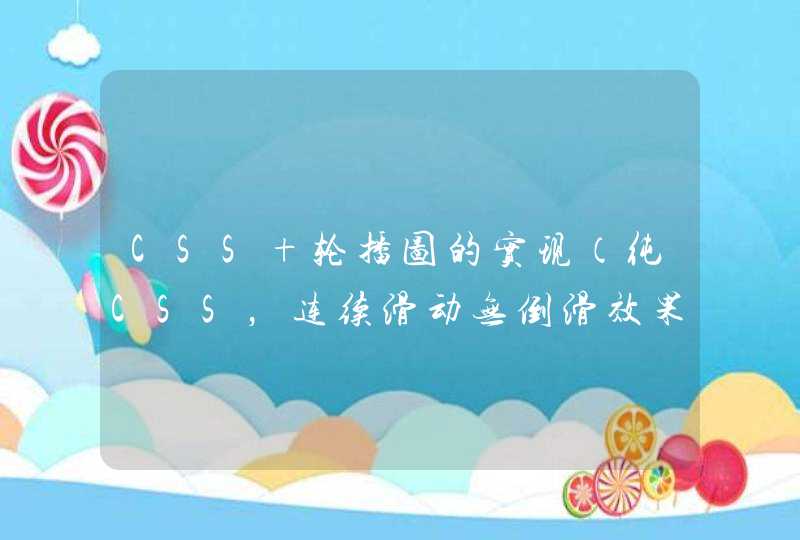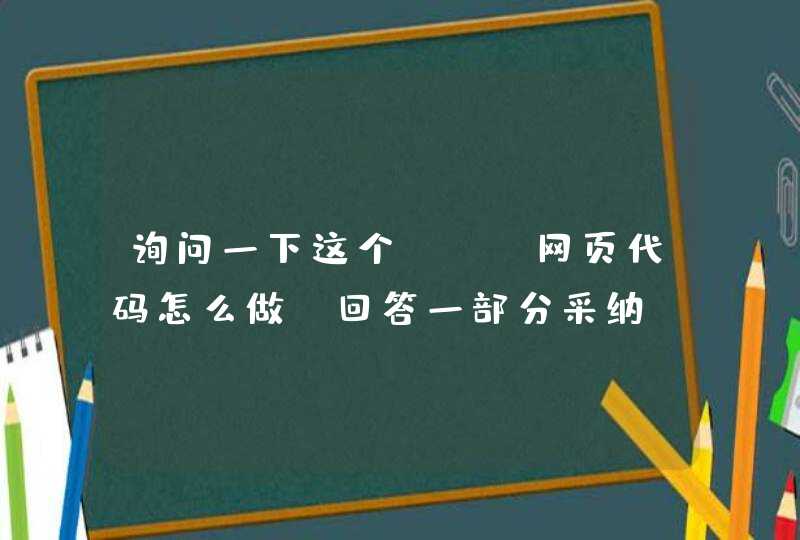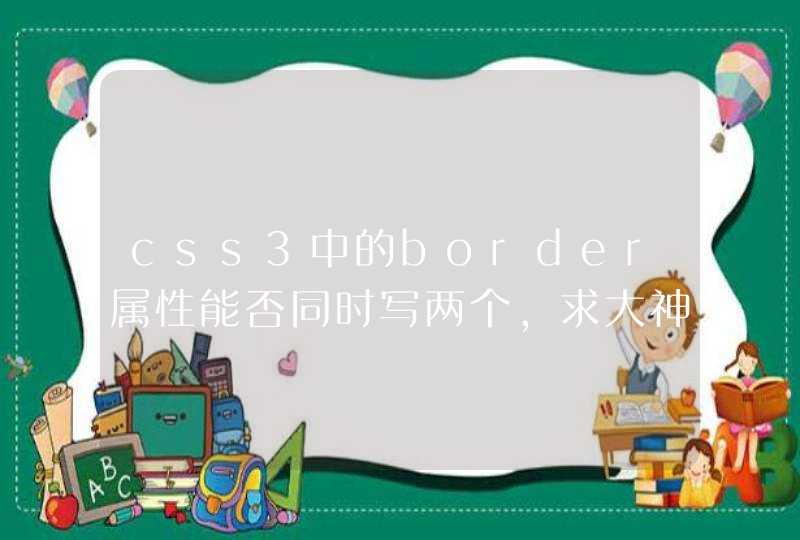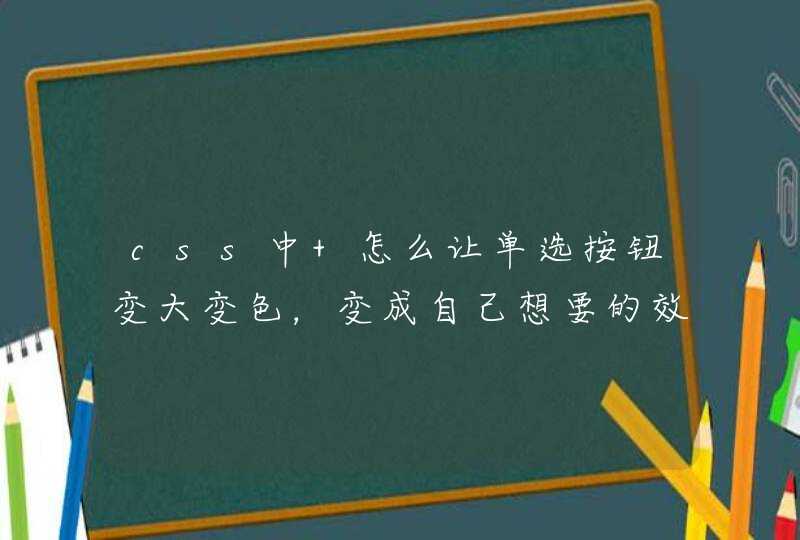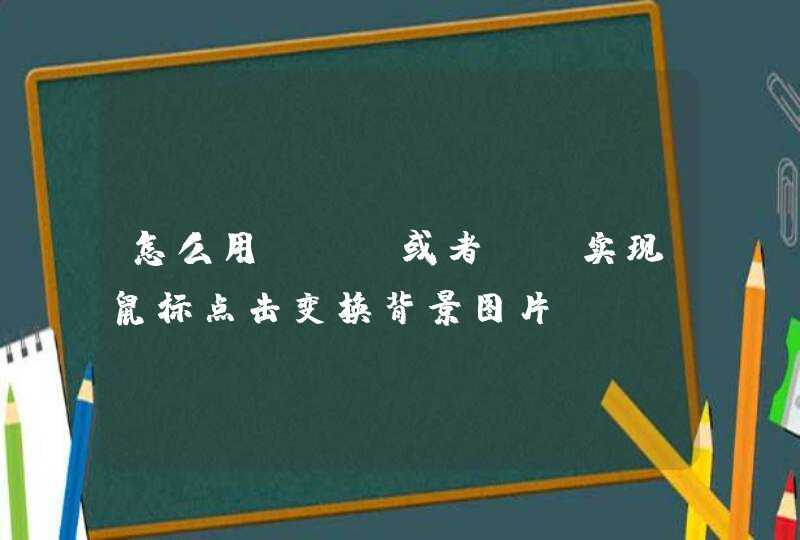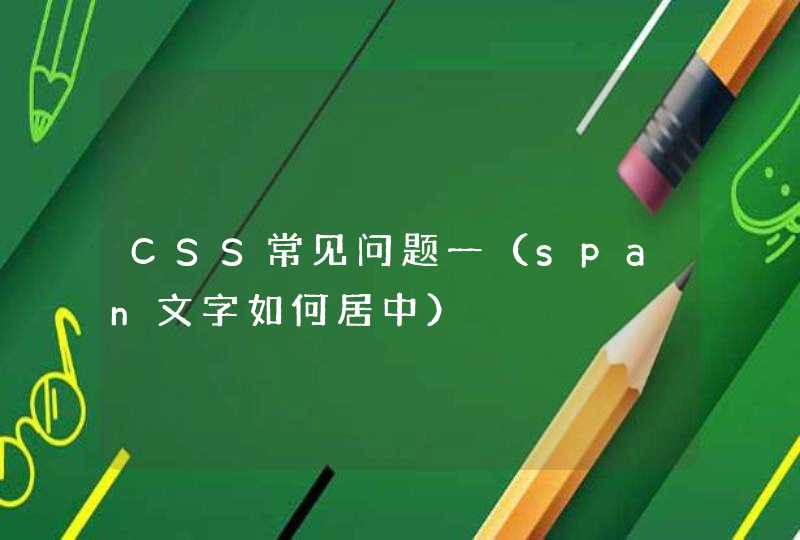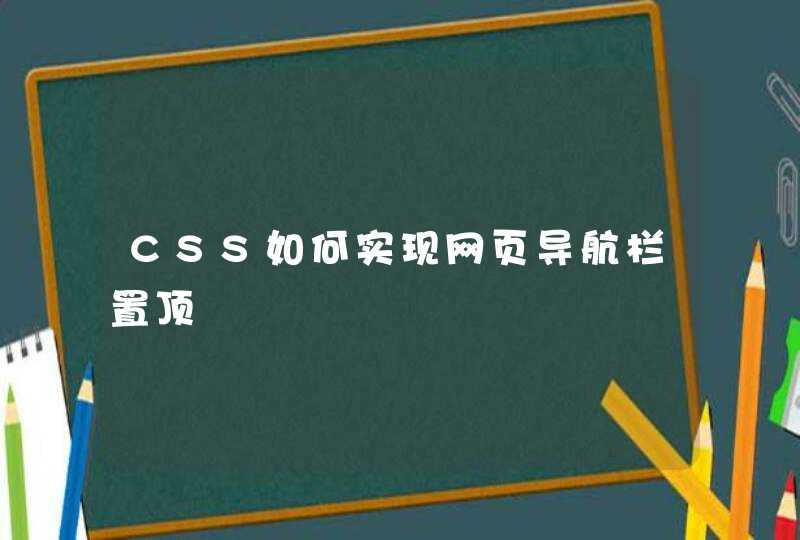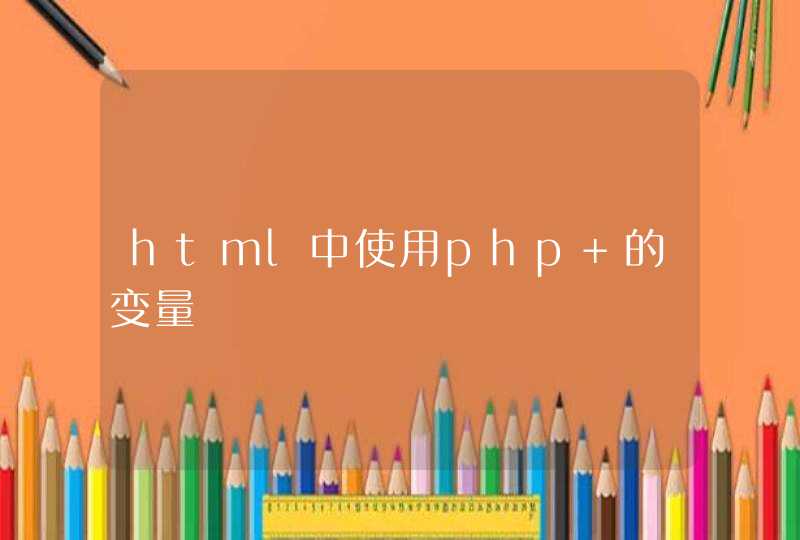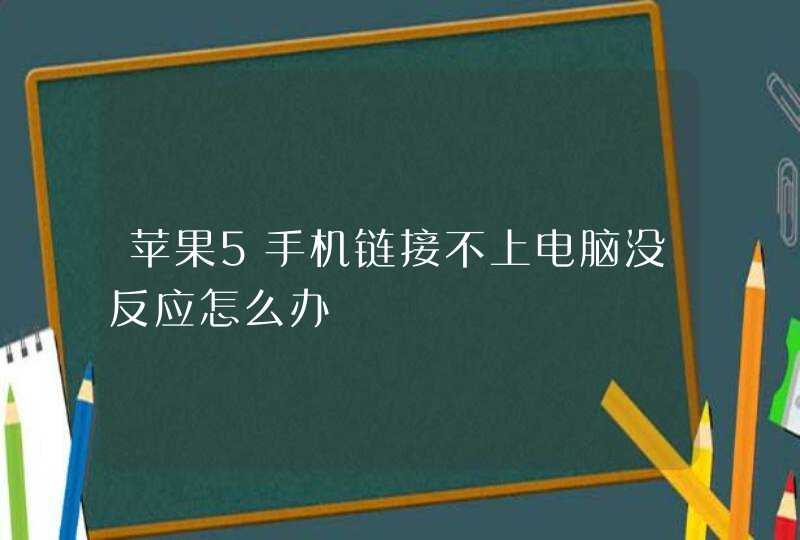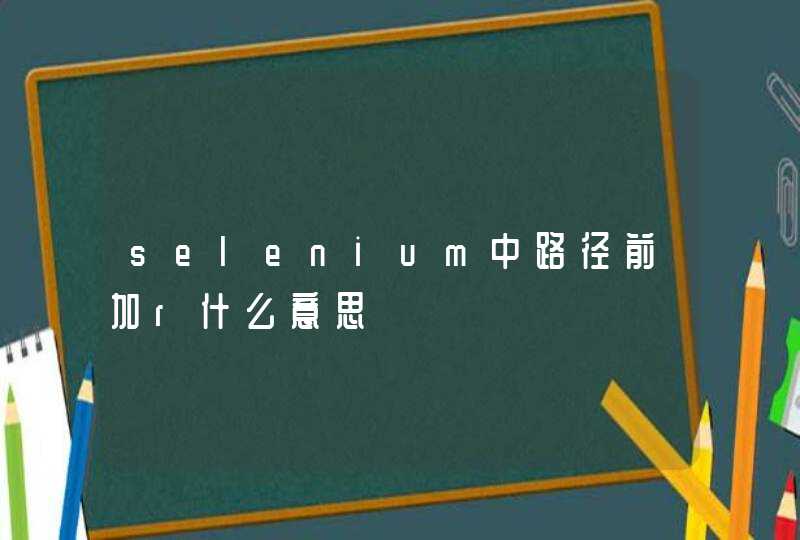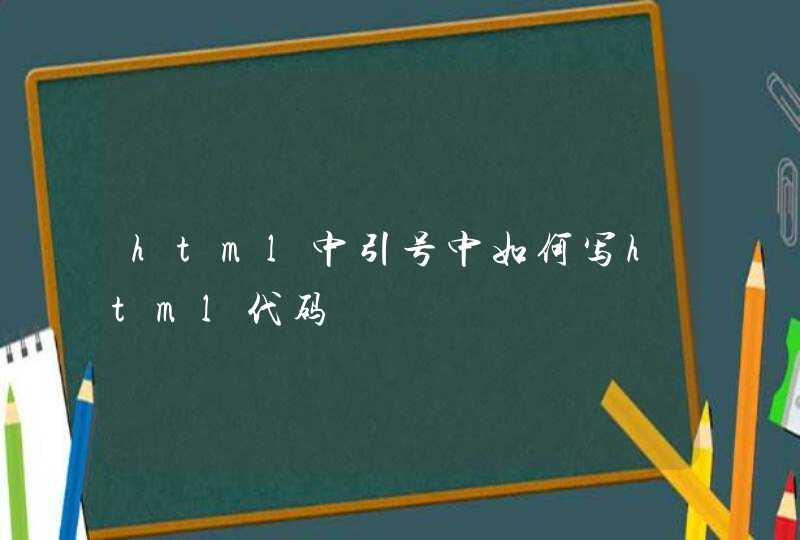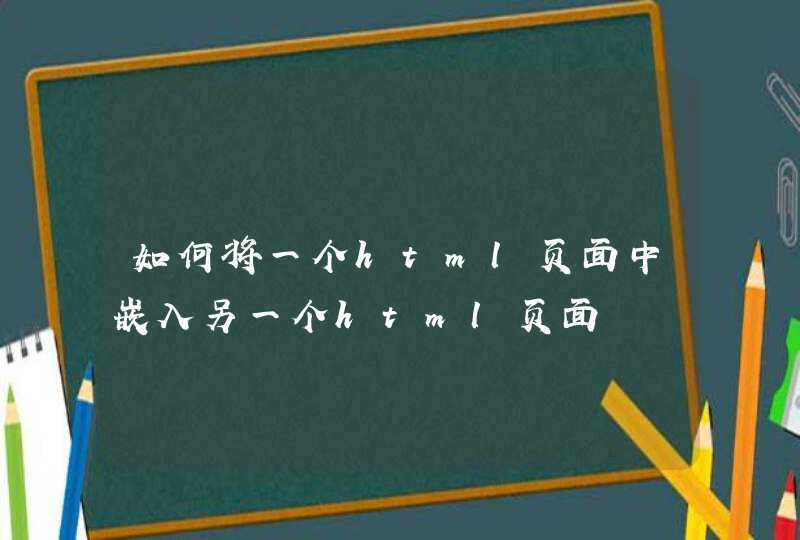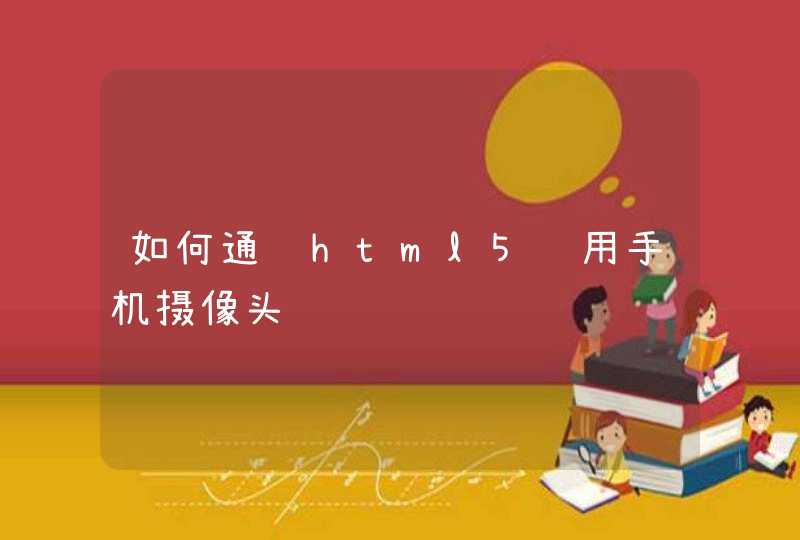
添加一个HTML5的Video标签,并将从摄像头获得视频作为这个标签的输入来源
var video = document.getElementByIdx_x_x("video");
navigator.getUserMedia({video:true}, function (stream) {
video.src = window.webkitURL.createObjectURL(stream);
}, function (error) { alert(error); });
2)拍照
关于拍照功能,采用HTML5的Canvas实时捕获Video标签的内容,Video元素能作为Canvas图像的输入
function scamera() {
var videoElement = document.getElementByIdx_x_x('video');
var canvasObj = document.getElementByIdx_x_x('canvas1');
var context1 = canvasObj.getContext('2d');
context1.fillStyle = "#ffffff";
context1.fillRect(0, 0, 320, 240);
context1.drawImage(videoElement, 0, 0, 320, 240);
}
3)图片获取
要从Canvas获取图片数据,其核心思路是用canvas的toDataURL将Canvas的数据转换为base64位编码的PNG图像
var imgData=canvas.toDataURL(“image/png”);
imgData格式如下:”data:image/pngbase64,xxxxx“
真正图像数据是base64编码逗号之后的部分。
html5需要使用接口chrome30+ for android 已经实现了利用webcam,调用手机后置摄像头,代码如下:<!DOCTYPE html>
<html xmlns="">
<head>
<title>HTML5 GetUserMedia Demo</title>
<meta name="viewport" content="width=device-width, initial-scale=1.0, maximum-scale=1.0" />
</head>
<body>
<input type="button" title="开启摄像头" value="开启摄像头" onclick="getMedia()" /><br />
<video height="120px" autoplay="autoplay"></video><hr />
<input type="button" title="拍照" value="拍照" onclick="getPhoto()" /><br />
<canvas id="canvas1" height="120px" ></canvas><hr />
<input type="button" title="视频" value="视频" onclick="getVedio()" /><br />
<canvas id="canvas2" height="120px"></canvas>
<script type="text/javascript">
var video = document.querySelector('video')
var audio, audioType
var canvas1 = document.getElementById('canvas1')
var context1 = canvas1.getContext('2d')
var canvas2 = document.getElementById('canvas2')
var context2 = canvas2.getContext('2d')
navigator.getUserMedia = navigator.getUserMedia || navigator.webkitGetUserMedia || navigator.mozGetUserMedia || navigator.msGetUserMedia
window.URL = window.URL || window.webkitURL || window.mozURL || window.msURL
var exArray = [] //存储设备源ID
MediaStreamTrack.getSources(function (sourceInfos) {
for (var i = 0 i != sourceInfos.length ++i) {
var sourceInfo = sourceInfos[i]
//这里会遍历audio,video,所以要加以区分
if (sourceInfo.kind === 'video') {
exArray.push(sourceInfo.id)
}
}
})
function getMedia() {
if (navigator.getUserMedia) {
navigator.getUserMedia({
'video': {
'optional': [{
'sourceId': exArray[1] //0为前置摄像头,1为后置
}]
},
'audio':true
}, successFunc, errorFunc) //success是获取成功的回调函数
}
else {
alert('Native device media streaming (getUserMedia) not supported in this browser.')
}
}
function successFunc(stream) {
//alert('Succeed to get media!')
if (video.mozSrcObject !== undefined) {
//Firefox中,video.mozSrcObject最初为null,而不是未定义的,我们可以靠这个来检测Firefox的支持
video.mozSrcObject = stream
}
else {
video.src = window.URL && window.URL.createObjectURL(stream) || stream
}
//video.play()
// 音频
audio = new Audio()
audioType = getAudioType(audio)
if (audioType) {
audio.src = 'polaroid.' + audioType
audio.play()
}
}
function errorFunc(e) {
alert('Error!'+e)
}
// 将视频帧绘制到Canvas对象上,Canvas每60ms切换帧,形成肉眼视频效果
function drawVideoAtCanvas(video,context) {
window.setInterval(function () {
context.drawImage(video, 0, 0,90,120)
}, 60)
}
//获取音频格式
function getAudioType(element) {
if (element.canPlayType) {
if (element.canPlayType('audio/mp4 codecs="mp4a.40.5"') !== '') {
return ('aac')
} else if (element.canPlayType('audio/ogg codecs="vorbis"') !== '') {
return ("ogg")
}
}
return false
}
// vedio播放时触发,绘制vedio帧图像到canvas
// video.addEventListener('play', function () {
// drawVideoAtCanvas(video, context2)
// }, false)
//拍照
function getPhoto() {
context1.drawImage(video, 0, 0,90,120) //将video对象内指定的区域捕捉绘制到画布上指定的区域,实现拍照。
}
//视频
function getVedio() {
drawVideoAtCanvas(video, context2)
}
</script>
</body>
</html>
HTML5 The Media Capture API提供了对摄像头的可编程访问,用户可以直接用getUserMedia获得摄像头提供的视频流。但实际上用html5调用手机摄像头存在很多问题:
1)谷歌的发布的Chrome到了21版本后,才新增了一个用于高质量视频音频通讯的getUserMedia API,该API允许Web应用程序访问摄像头和麦克风,其他手机浏览器只有opera支持html5调用本地拍照功能
2)两个浏览器均不支持访问多个摄像头:chrome不支持访问后置摄像头,pera支持访问后置摄像头的
<!DOCTYPE html><html>
<head>
<meta charset="UTF-8">
<title>Insert title here</title>
</head>
<body>
<video id="video" autoplay=""style='width:640pxheight:480px'></video>
<div><button id='picture' style="width: 100%">PICTURE</button></div>
<canvas id="canvas" width="640" height="480"></canvas>
<script type="text/javascript">
var video = document.getElementById("video")
var context = canvas.getContext("2d")
var errocb = function () {
console.log('sth wrong!')
}
if (navigator.getUserMedia) { // 标准的API
navigator.getUserMedia({ "video": true }, function (stream) {
video.src = stream
video.play()
}, errocb)
} else if (navigator.webkitGetUserMedia) { // WebKit 核心的API
navigator.webkitGetUserMedia({ "video": true }, function (stream) {
video.src = window.webkitURL.createObjectURL(stream)
video.play()
}, errocb)
}
document.getElementById("picture").addEventListener("click", function () {
context.drawImage(video, 0, 0, 640, 480)
})
</script>
</body>
</html>










